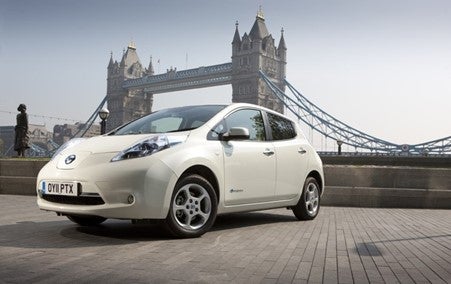Henry Ford has long been heralded as the father of modern mass automotive production. However, a controversial new paper by two Cardiff University researchers suggests that history may have got the wrong man.
Dr Paul Nieuwenhuis and Dr Pete Wells of the Centre for Automotive Industry Research, Cardiff Business School, suggest it was Edward G Budd of Philadelphia whose development of the pressed steel car body truly developed mass production as it is known today.
While Ford did develop mass production of key mechanical components and sub assemblies, as well as the moving assembly line, the making and painting of early car bodies proved a bottleneck. Cars were built around a separate chassis, with the body fitted on top to enhance drive and passenger comfort.
Bodies were built around a wooden framework clad with steel, aluminium or plywood, then painted. The paint could take many days to dry. Attempts to speed up the drying process by heating car bodies resulted in the wood catching fire, with disastrous consequences.
The only answer was to remove all wood from the bodies. By 1914, Budd had a number of patents for a pressed steel car body – and a new start-up firm, Dodge Brothers (run by two ex-Ford directors), was interested in trialling the technology.
How well do you really know your competitors?
Access the most comprehensive Company Profiles on the market, powered by GlobalData. Save hours of research. Gain competitive edge.

Thank you!
Your download email will arrive shortly
Not ready to buy yet? Download a free sample
We are confident about the unique quality of our Company Profiles. However, we want you to make the most beneficial decision for your business, so we offer a free sample that you can download by submitting the below form
By GlobalDataThe next major step – using the body to not only accommodate the people, but also to replace the chassis and carry all the mechanical components – was jointly developed by Budd with Citroen in 1934.
However, the history of the origins of mass car production was largely written in the 1930s, at a time when Budd’s innovations were still embryonic. The historical accounts have drawn heavily on Ford’s own perspective and his focus on assembly line labour, while Budd’s input has remained hidden from view.
Dr Paul Nieuwenhuis, one of the paper’s authors, said: “Edward Budd was a true innovator. Without him, today’s highly automated mass production of cars would not be possible. Also, the introduction of the all-steel body resulted in cars which were stiffer, safer, stronger, more durable and easier to paint and repair.”
The paper, The all-steel body as a cornerstone to the foundations of the mass production car industry, appears in the on-line journal Industrial and Corporate Change, by the Oxford University Press.







